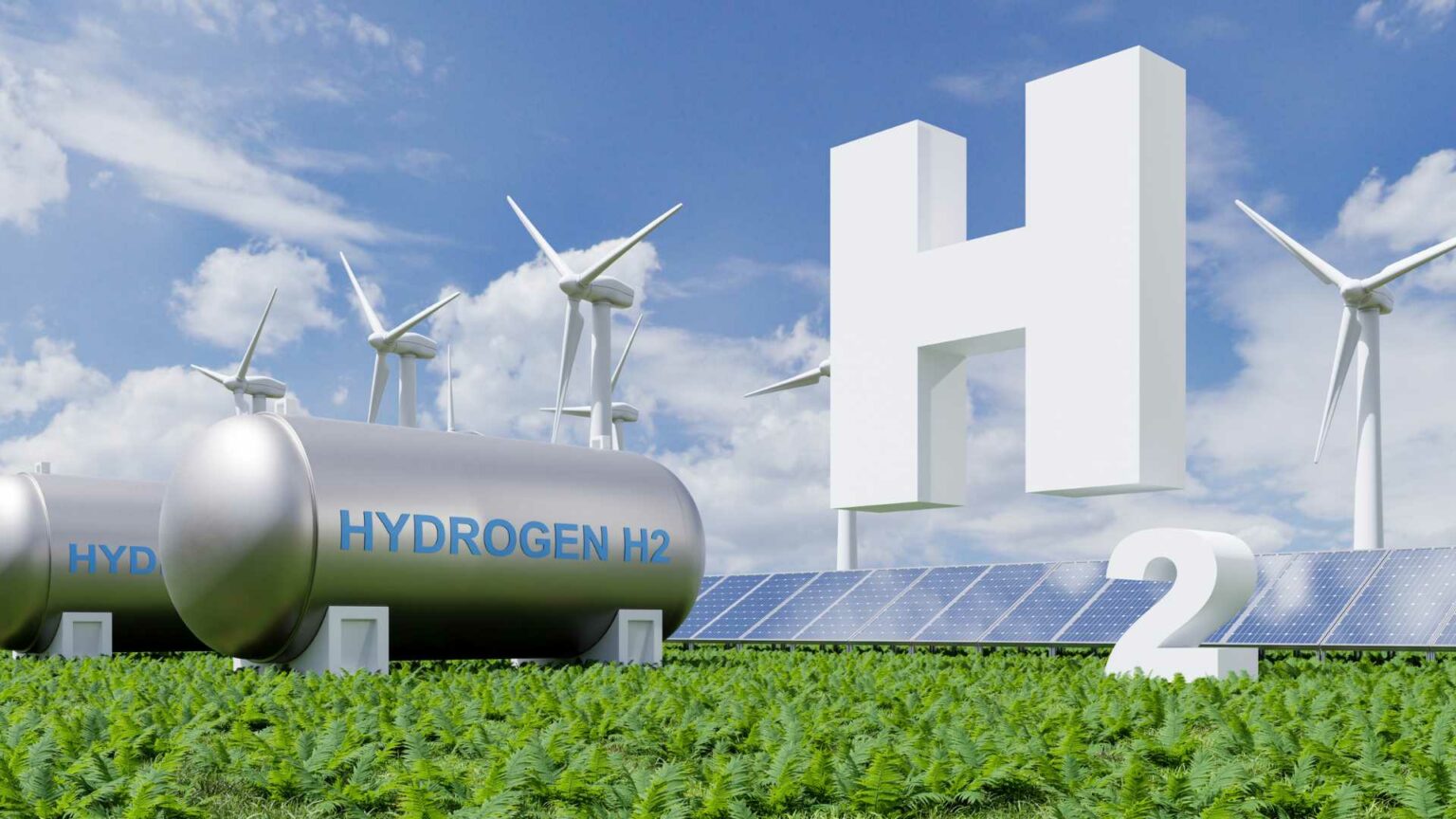Malaysia has announced two major clean energy projects — a Hybrid Hydro Floating Solar (HHFS) installation and a Green Hydrogen Hub — in a strategic bid to accelerate the nation’s shift to a low-carbon economy.
Spearheaded by national utility Tenaga Nasional Bhd (TNB), oil and gas giant Petronas, and state investment arm Terengganu Inc, the projects are aligned with Malaysia’s National Energy Transition Roadmap (NETR) and the Hydrogen Economy and Technology Roadmap (HETR). Together, they represent a multilayered response to energy security, industrial decarbonization, and regional competitiveness.
The HHFS project, led by TNB’s generation subsidiary TNB Genco, will integrate floating solar photovoltaic (PV) panels atop the Kenyir hydroelectric reservoir. This dual-use model builds on existing infrastructure to optimize land use and deliver round-the-clock renewable electricity. The HHFS is part of TNB’s broader 2.5 GW hybrid solar-hydro development plan.
Prime Minister Anwar Ibrahim, who officiated the launch, framed the project as a landmark step in Malaysia’s clean energy leadership. He cited a long-term potential reaching up to 2,500 GW — a figure that likely reflects regional scalability more than immediate domestic capacity, but nonetheless signals ambition.
The project’s implementation speed was also highlighted, with Anwar noting that the Kenyir site is progressing faster than comparable regional efforts. That pace is critical, given the national target of 70% renewable electricity generation by 2050 under the NETR.
In parallel, the Kenyir-Kertih corridor will host a new Green Hydrogen Hub, developed through a partnership between TNB and Petronas. The plan centers on 24/7 green hydrogen production powered by the HHFS system, using electrolysers to convert surplus electricity into hydrogen gas. This hydrogen will then be utilized for the production of downstream derivatives such as green ammonia and green methanol — both crucial for decarbonizing shipping and chemicals sectors.
The hub will also be backed by carbon capture, utilization and storage (CCUS) infrastructure in Kertih, positioning it as Malaysia’s first fully integrated hydrogen ecosystem. TNB president and CEO Datuk Megat Jalaluddin Megat Hassan emphasized the value of leveraging legacy infrastructure, noting that such integration provides cost-effective decarbonization pathways without duplicating assets.
The project benefits from an unusual degree of cross-institutional alignment. Petronas brings extensive experience in gas handling, transport, and export infrastructure, while TNB contributes operational control over renewable power generation and grid management. This synergy enhances the likelihood of a scalable hydrogen value chain, extending from generation to industrial end use.
Deputy Minister Akmal Nasrullah Mohd Nasir credited Prime Minister Anwar for catalyzing the partnership and spotlighting Malaysia’s energy transition goals on the global stage. The sentiment was echoed by project stakeholders, who view the dual launch as a signal of growing national resolve in executing climate-aligned industrial policy.
While Malaysia’s hydrogen ambitions remain nascent compared to early movers such as Japan or Germany, the integration of hydro, solar, and hydrogen into a single corridor provides a replicable template for future developments. However, detailed timelines, expected electrolyser capacity, and offtake commitments remain undisclosed — raising questions about project bankability and export readiness.
Stay updated on the latest in energy! Follow us on LinkedIn, Facebook, and X for real-time news and insights. Don’t miss out on exclusive interviews and webinars—subscribe to our YouTube channel today! Join our community and be part of the conversation shaping the future of energy.
